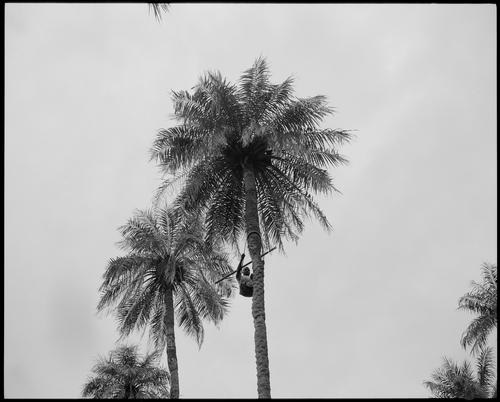Faraway places, homes, and roots
 Samuel Aranda
Samuel Aranda
Within the framework of the Image Festival Amman, the Instituto Cervantes Amán presents the photography exhibition Lugares lejanos, hogares y raíces (Faraway places, homes, and roots), by the photographer Samuel Aranda.
Exhibition overview: Roots make it possible for trees to stand and nourish themselves. In the case of humans, home is a feeling, the place where someone has grown up, where he feels safe, and where he comes back after any trip. A place where that someone knows its smells, corners, and secrets. It is important to not forget where one has roots no matter how much he has travelled.
What happens when that changes, when the long trips suddenly become long periods, months, or even years? What happens when one feels at home in one of those faraway countries that people had always told us were so different from ourselves?
You start changing coffee for mint tea and doing infinite efforts to learn how to speak Arabic or Bambara in Mali. Years pass differently and, little by little, the stereotypes that were built before traveling to those countries, start disappearing, dissolving in the construction of an emotional memory that stays forever and makes it hard to go back.
Samuel Aranda (Santa Coloma de Gramanet, 1979) began working as a photographer when he was 19 years old in the newspapers El País and El Periódico de Catalunya, in Barcelona. When he was 21, he covered the Palestinian-Israeli conflict for Agencia EFE. In 2004, he became part of the France-Presse Agency, where he carried out several articles in Pakistan, Gaza, Lebanon, Iraq, Palestine, Morocco, Western Sahara, and China. In 2006, his project about African migrants trying to get to Europe was granted the ANIGTV National Photography Price. That same year, he worked again as an independent photographer on projects about the Aral Sea in Uzbekistan, social situations in India, the independence of Kosovo, the conflict in Colombia, the dispute regarding Moldova and Transnistria, the kids in the streets of Bucharest, and the Camorra in Napoli.
In 2011, he covered the Arab revolutions in Tunisia, Egypt, Libia, and Yemen; that project was displayed in the Instituto Cervantes of New York and was selected to be part of the "Top 100 Photos of 2011" of the New York Times. He received the World Press Photo Award in 2012 for a picture on the Yemen conflict and the Ortega y Gasset Prize in 2016 for a project on the migratory crisis in Europe, among other prizes.
He also received a BBVA scholarship to carry out its project "En las Orillas del Rio" (In the Nile’s Shores), to document the Nile River from Alexandria to the border with Sudan. In 2020 he received an allocation from the Vila Casas Foundation to support his project "Territorio" (Territory).
He currently lives in Paris and is a member of the agency Panos in London.
